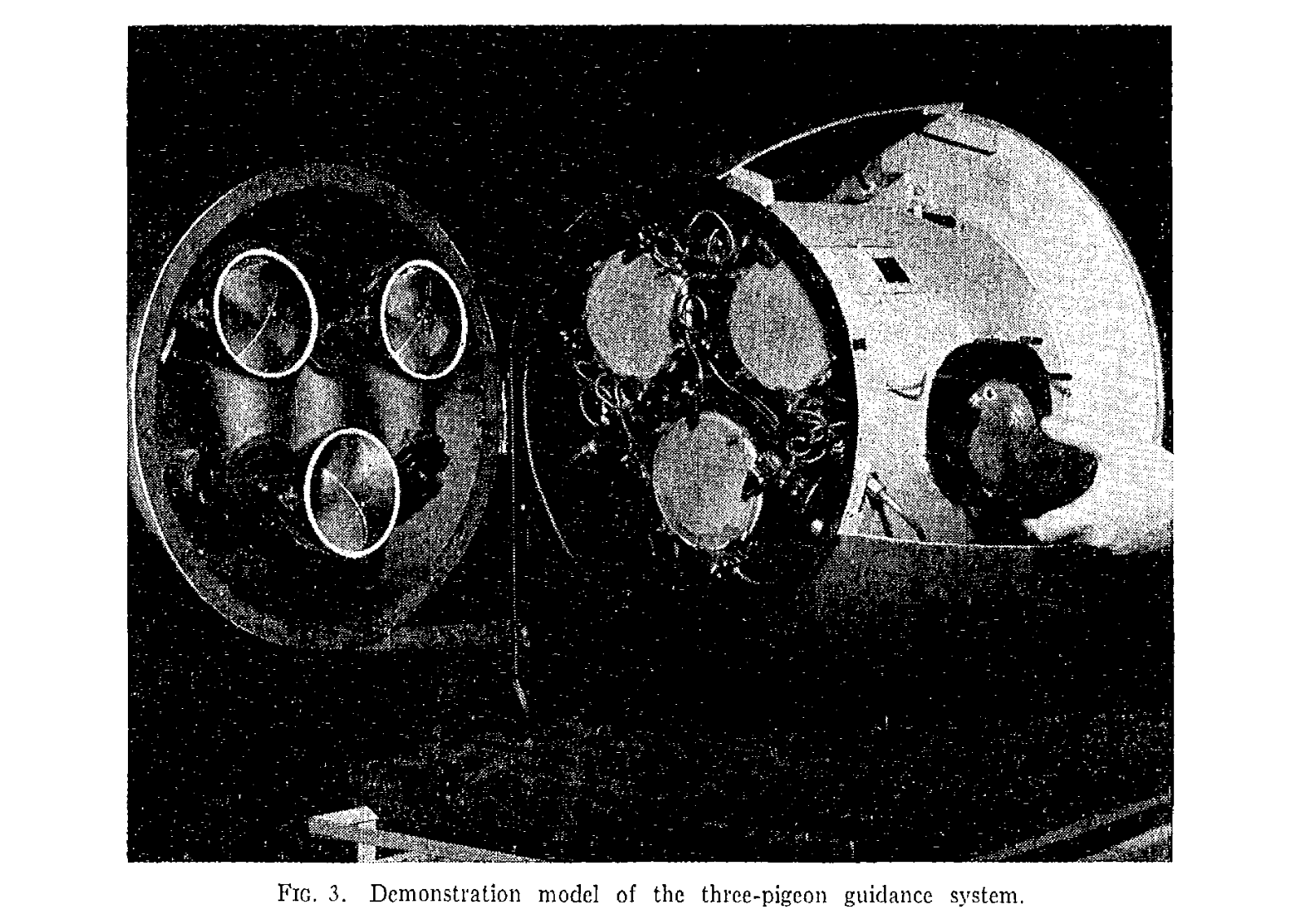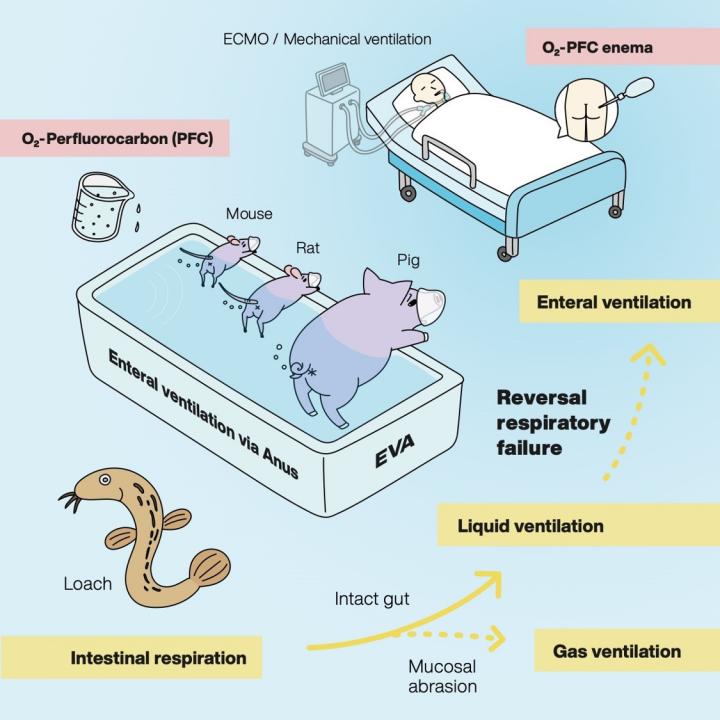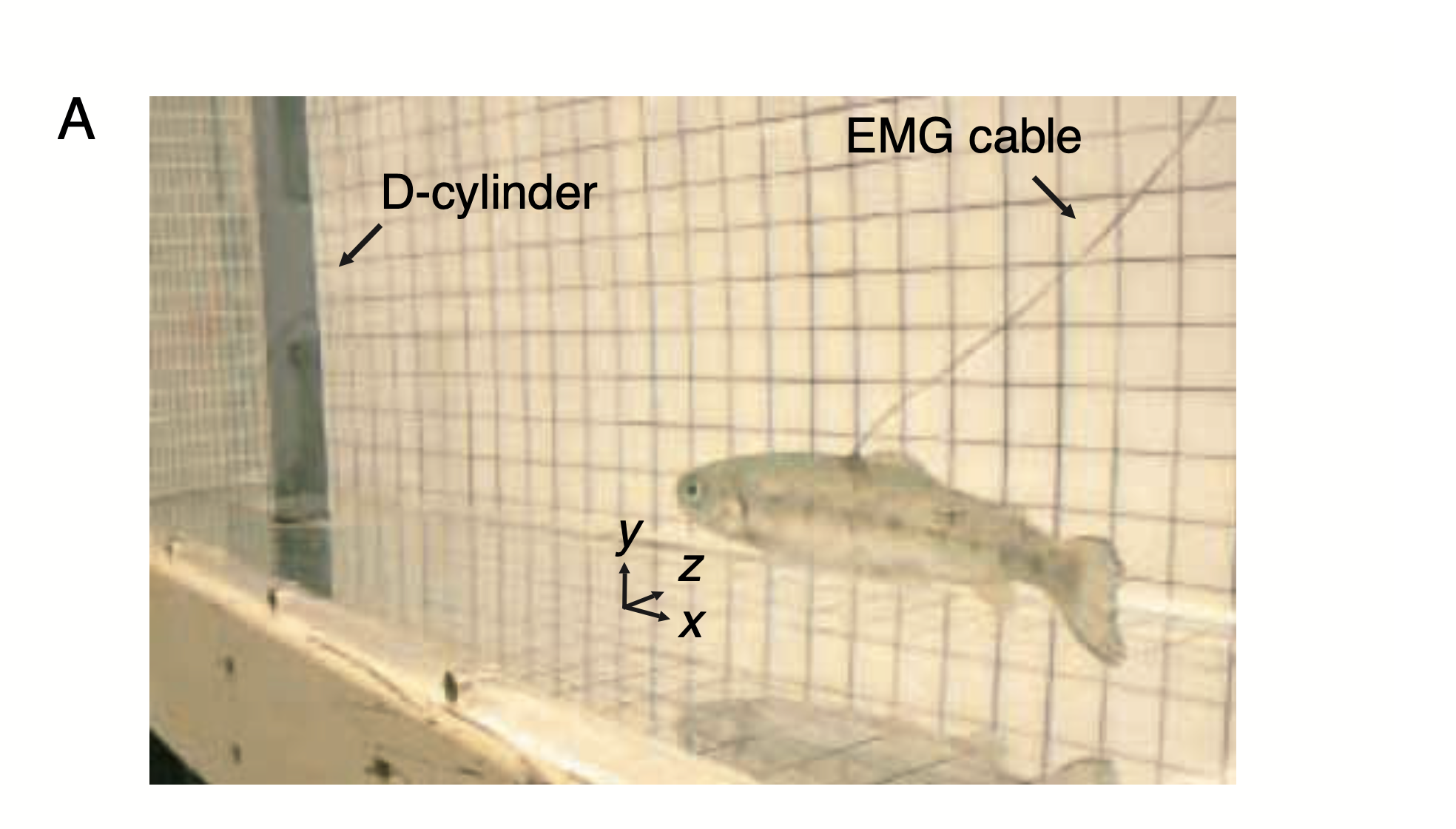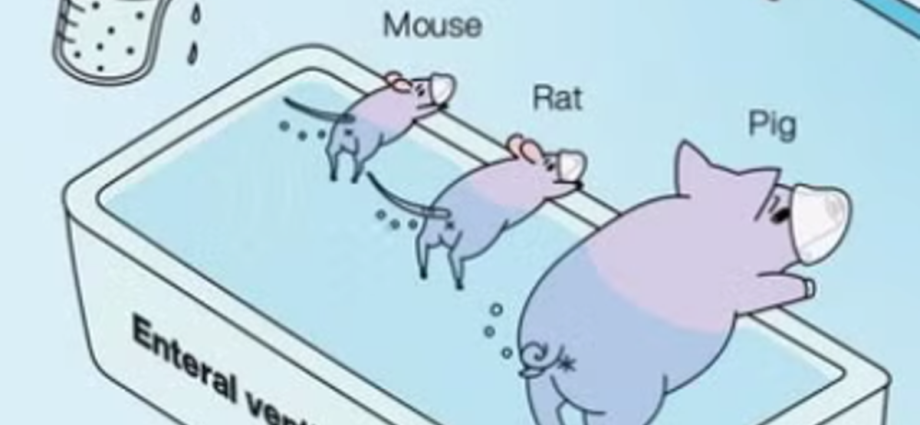Pigeon-guided missiles, anus-breathing rats and pigs, dead trouts that can swim, and drunk worms are among the unusual scientific breakthroughs that make up the winners of this years Ig Nobels.
Ten prizes were awarded on Thursday in a range of scientific categories to individuals and teams from around the world for research that spanned the decades.
This year marks the 34th First Annual Ig Nobel Prize Ceremony, and the first time it was held in person since the pandemic at the Massachusetts Institute of Technology.
The Ig Nobels were founded by the science humor magazine “Annals of Improbable Research” in 1991, to honor the imaginative and unusual in science.
“If you didn’t win an Ig Nobel Prize tonight — and especially if you did — better luck next year,” Marc Abrahams, master of ceremonies and the magazine’s editor, said. The research honored this year was typically wild and wacky.
Pigeon-guided missiles
Among the honorees was the work of American psychologist and former Harvard professor B.F. Skinner, who is being celebrated posthumously. His daughter, Julie Skinner Vargas, is set to accept the award on his behalf.
In 1960, he proposed using live pigeons to help guide air-to-ground missiles, at a time when there were no missile guidance systems.

The plan was to put pigeons inside a missile called the “Peli-can”, that would be trained to follow land and sea targets.
“We found that a pigeon could hold the missile on a particular street intersection in an aerial map of a city,” wrote Skinner.
“Through appropriate schedules of reinforcement it was pos- sible to maintain longer uninterrupted runs than could conceivably be required by a missile.”
Project Pigeon was later terminated by the US Navy.
Pigs and rats that can breathe through their anuses
This 2021 research from Tokyo Medical and Dental University found that pigs and rodents have the ability to breathe through their anuses.
The team were inspired by the adaptations of loaches, catfish, sea cucumers and orb-weaving spiders, which can receive oxygen through their backside to survive in situations where there’s not much available.
The oxygen is delivered through the wall of the intestine, compensating for reduced oxygen in the body. The researchers rubbed the lining of the rectum to cause inflammation and increase blood flow, improving the effectiveness of the oxygen delivery. They also used a liquid that can carry large amounts of carbon dioxide.

“The rectum has a mesh of fine blood vessels just beneath the surface of its lining, which means that drugs administered through the anus are readily absorbed into the bloodstream,” first author Ryo Okabe explained in a statement.
“This made us wonder whether oxygen could also be delivered into the bloodstream in the same way. We used experimental models of respiratory failure in mice, pigs and rats to try out two methods: delivering oxygen into the rectum in gas form, and infusing an oxygen-rich liquid via the same route.”
The Japanese researchers hope to be able to test this approach on humans one day.
Worms – drunk and sober
At the University of Amsterdam in 2022, researchers wanted to find out how particles, known as “active matter”, can move on their own.
To do this, they used Tubifex worms, which they got drunk on ethanol. For the sake of the experiment, the worms represented these kinds of particles.
The researchers were able to sort the worms by their level of activity in a maze-like structure and, for the first time, sort active matter.

How a dead trout can swim
In 2004, Harvard’s Dr. James Liao wanted to find out how much energy it took for trout to swim through rough waters.
To do so, he enlisted a dead rainbow trout inserting wire electrodes into its muscles and building computer models of the movements. Fish in choppy water, he found, are going with the flow more than swimming.
“It makes a lot of sense,” Liao told Harvard Magzine. “If you’re in a windstorm and you’re behind a tree, you don’t feel the wind as much.”











